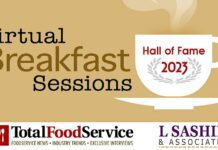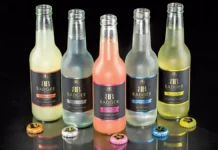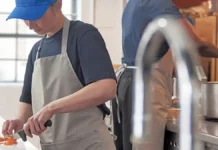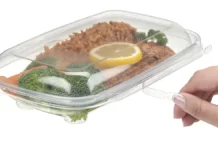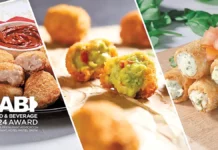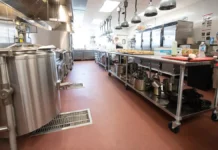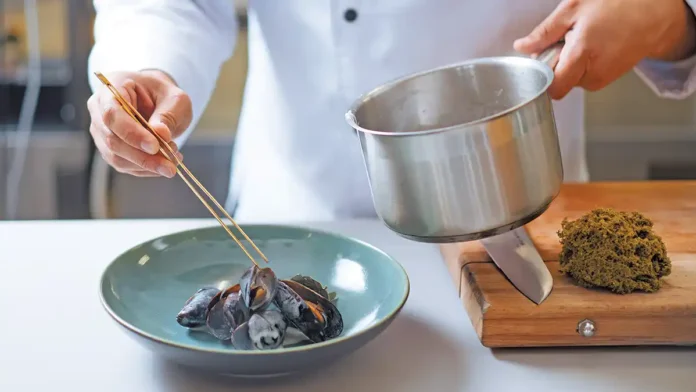
What if I told you that while food prices are certainly having a negative impact on your bottom line, the truth is, most high food cost issues are self-inflicted. It’s true, which is shown in the statistic that most restaurants operate 7–9% above their ideal food cost.
Every time you order too many tomatoes, you throw them away because they go bad. That’s waste, product that left the shelves and money you didn’t get for it. Or when you have a line employee who has a heavy hand with French fries, putting 8 or 9 ounces on a plate when the portion is supposed to be 6 ounces, that’s waste.
Whether you’re over portioning, throwing away product because you butchered it, or you’re not getting the right yields, or you’re throwing away product because it’s spoiled, it doesn’t matter. Product that you’re wasting or that spoils increases your use.
Every restaurant also has theft. This is an important point about company culture. You might feel secure because you have cameras, but they aren’t great for employee theft. They’re great for violence, a burglary, harassment and things like that. But employee theft has already happened and the product is gone. You can fire someone, but I would argue it’s better to prevent theft in the first place. Systems – like the ones I teach – control or prevent theft. Managers inspecting those systems make sure they’re followed.
What about the owner? You the owner taking tax advantage of your business. An example is having a barbecue on the weekend and pulling your truck up and loading it with a keg of beer, a few bottles of vodka and whiskey, ribs and hot dogs, you can do that. You’re the owner. I would, absolutely! But if you don’t put it on a waste sheet and understand that you’re taking that as a benefit of your business, your food cost is going to look high because that product disappears and no money came in for it. Your kitchen manager, your chef isn’t going to watch to take a hit on their food cost for that.
When we were in the pandemic and chicken wings went from $70 a case to a $160 a case, that had a major impact on your bottom line. Now, while that was a freak of nature event, as we know today, our food costs keep going up because there’s always a freak of nature event. Your broadline distributor, all your vendors, they do have an impact on your bottom line. But again, let’s be very clear, you have a lot you can do to control it.
The right food cost formula is beginning inventory plus purchases minus ending gives you use divided by sales equals your food cost percentage.
If you aren’t taking inventory on a weekly or bi-weekly basis, that’s another issue causing your food cost to spike.
The food cost formula starts with beginning inventory plus purchases. That’s the inventory you took at the end of last period. Hopefully that’s on a weekly basis, or monthly basis at least. Let’s now assume it’s a weekly basis. If you’re a Monday through Sunday work week, you close Sunday night, you take your inventory Sunday night.
What’s the value of everything on your shelves, including the components of all your dishes, soups, side dishes, sauces, desserts, plus all the products you purchased from all your vendors?
That’s your beginning inventory. Every invoice that comes through the door, whether paid for or not, it’s an expense that day – and only the food portion of those invoices.
Take beginning inventory plus purchase that gives you what you could use. That’s your total product available. Subtract from that your ending inventory at the end of the week. This will tell you how much product actually left the shelves for the money that’s come in.
Whatever left the shelves includes what was sold, stolen, wasted, or spoiled. Use means it’s gone. The math is blind. It just knows that you started with this much product, you purchased this much, you ended with this much and the difference of that is what you used. The formula has no idea if it was stolen, wasted, spoiled, or you sold it or you took it out the back door.
Now you can see very quickly how your food cost goes up because of theft, over portioning, because you threw away product, because you took it out the back door, anything other than selling it.
Your use – the product that left the shelves – divided by your food sales gives you your food cost percentage. With a 30% food cost (just for an easy example, no meant to dictate what your food cost should be), that means for every dollar that comes in, you used 30 cents in food product. Hopefully you sold it, but it could have been stolen, wasted, spoiled, or taken out the back door yourself.
While many get upset that the price of cheese has gone up 15 cents on a pound, and you want to just yell at your distributor, how you operate your kitchen has more to do with why your food cost is high, not your distributor.



















